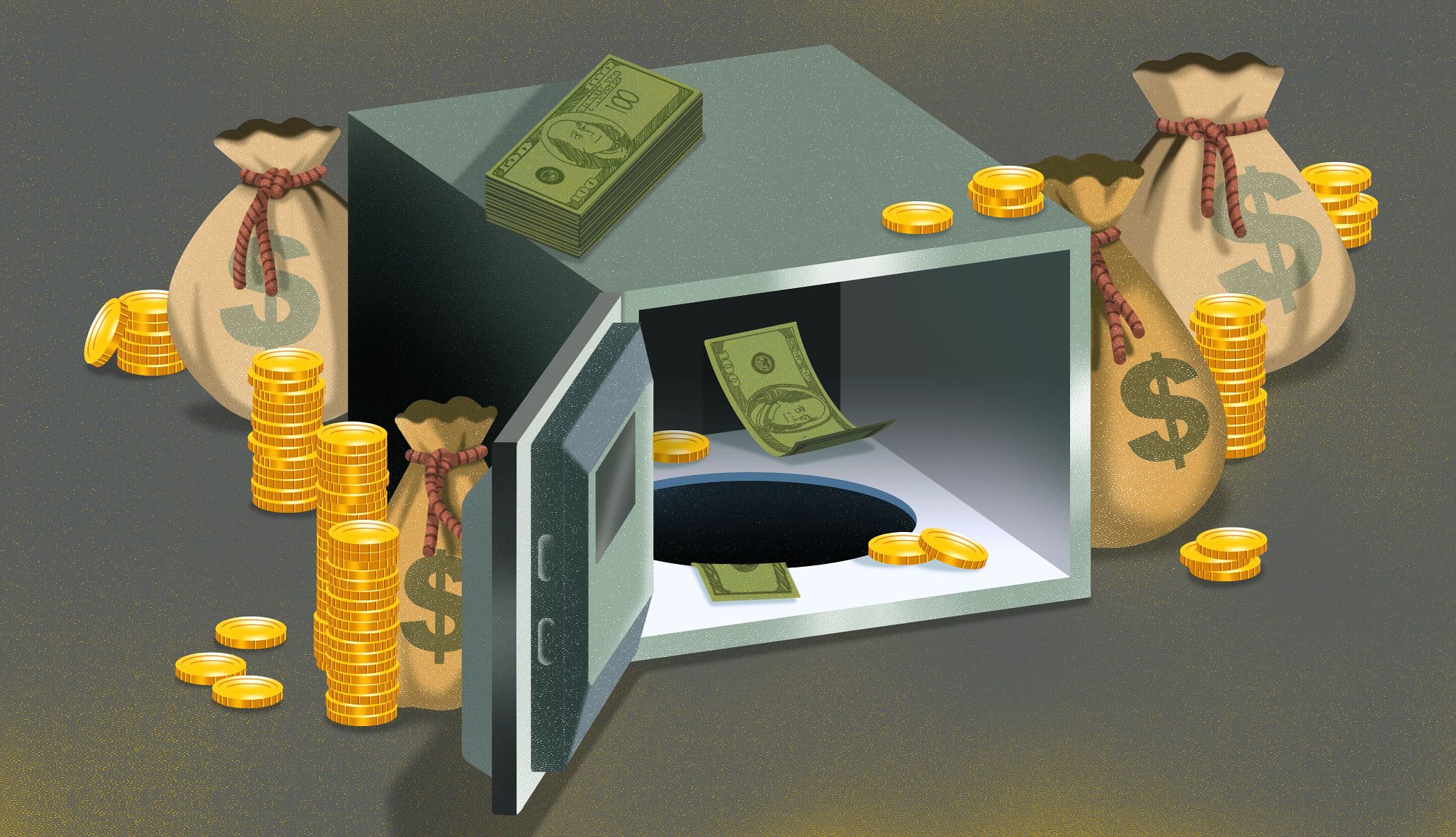
Are you doing your 401(k) rollover wrong?
- Select a language for the TTS:
- UK English Female
- UK English Male
- US English Female
- US English Male
- Australian Female
- Australian Male
- Language selected: (auto detect) - EN
Play all audios:

Leaving the money in an ex-employer’s plan, as nearly half of those in the Vanguard sample did, means it’s still earning compound returns, but you can no longer make new contributions,
limiting overall growth. (And there’s always a chance you’ll forget about it.) The remaining 18 percent of workers who left jobs rolled their 401(k) funds into an IRA or a new workplace
plan. With both routes, your money keeps earning returns and you can keep making contributions. If you’re not moving right into a new job, or your new workplace doesn’t provide a retirement
plan, an IRA rollover might be your only option to keep saving. But IRAs are not required to look after your interests in the same way 401(k)s are. The U.S. Department of Labor requires
workplace retirement plans to select a qualified default investment alternative (QDIA) for employees who don’t choose their own investments. The QDIA rule ensures 401(k) assets are invested
in a diversified, professionally managed investment account or fund — but it doesn’t apply to IRAs. So, if you want to put your IRA into something that offers significant growth, like a
stock fund, you must tell your IRA custodian to do it. If you don’t, the rollover sum, and your subsequent contributions, probably will stay parked in cash. And that’s a wasted opportunity,
financial advisers say. Over the past 20 years, U.S. large-cap stocks as a group have gained an average of 10.58 percent a year, nearly seven times the annual average growth for cash
accounts (1.54 percent), according to Morningstar data. Let’s say you are 45 years old and have $50,000 in an IRA that’s invested in a stock fund. With a 7 percent rate of return your
account would be worth more than $193,000 at age 65, even if you don’t contribute another dollar yourself. In a cash account? With 1.54 percent annual growth, you’d have only about $68,000
at 65. INVESTMENT PRIORITIES CHANGE AS YOU AGE There is a place for cash in a balanced portfolio, especially as you get closer to retirement. Cash offers less growth but more stability.
(Typically, so do bonds.) Older workers may want to reduce the risk of a market downturn eating into their savings. But financial planners typically recommend a more aggressive posture until
late in your career, to maximize returns and build the biggest nest egg possible. How to do that with an IRA? First, figure out what you want your account to do for you, at this stage of
your life. Consider these factors: * YOUR GOALS. Is the money just for your retirement, or do you have other plans for it, such as buying a home, helping put a grandchild through college or
leaving an inheritance? * YOUR TIME HORIZON. When do you anticipate needing the money? When you retire, or at some point later? The more time you have, the more aggressively you can invest,
because your IRA will have more time to rebound from the stock market’s inevitable ups and downs. * YOUR RISK TOLERANCE. Can you stomach those ups and downs? The more volatility you can put
up with without losing sleep, the more aggressive your investments can be.
